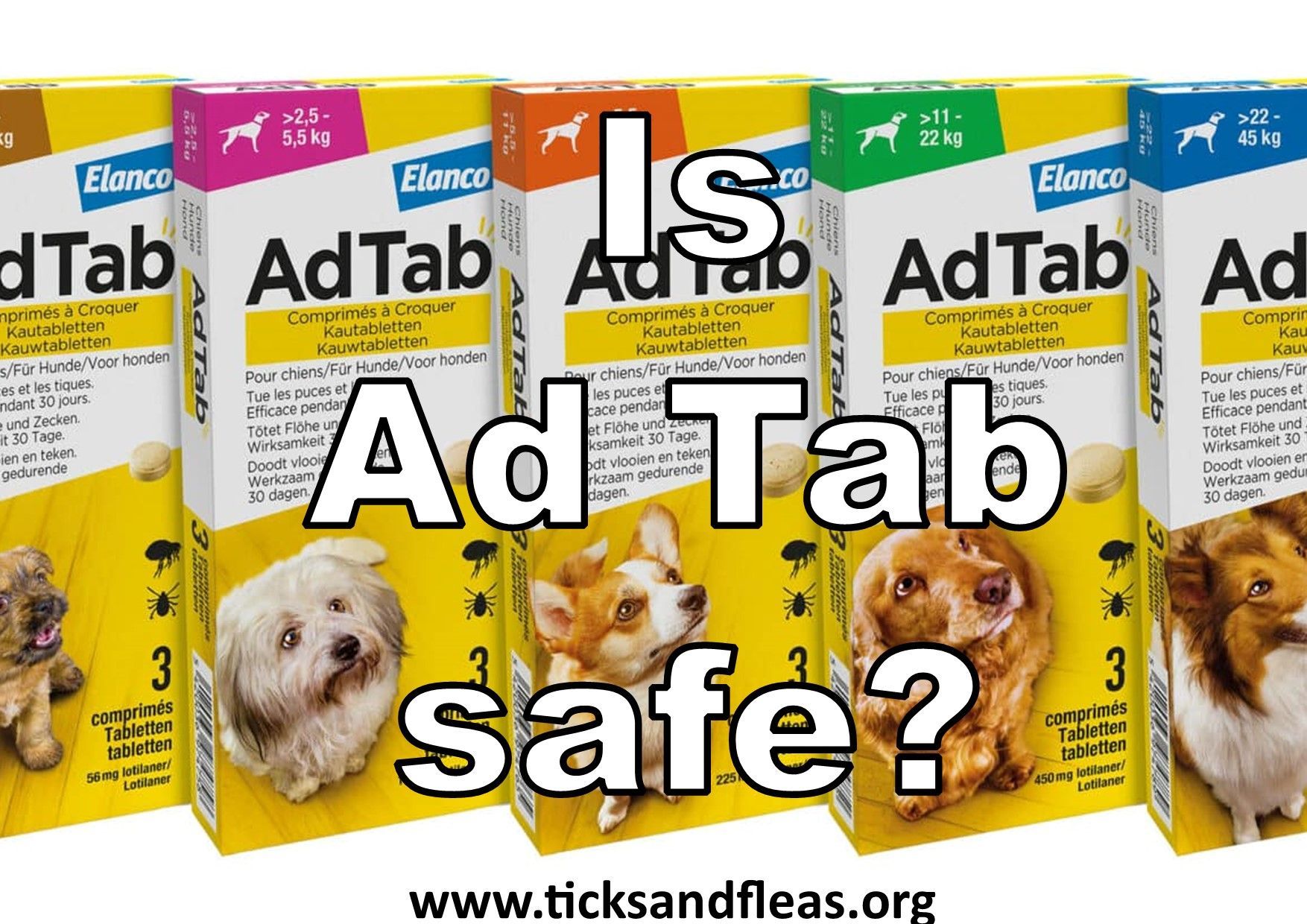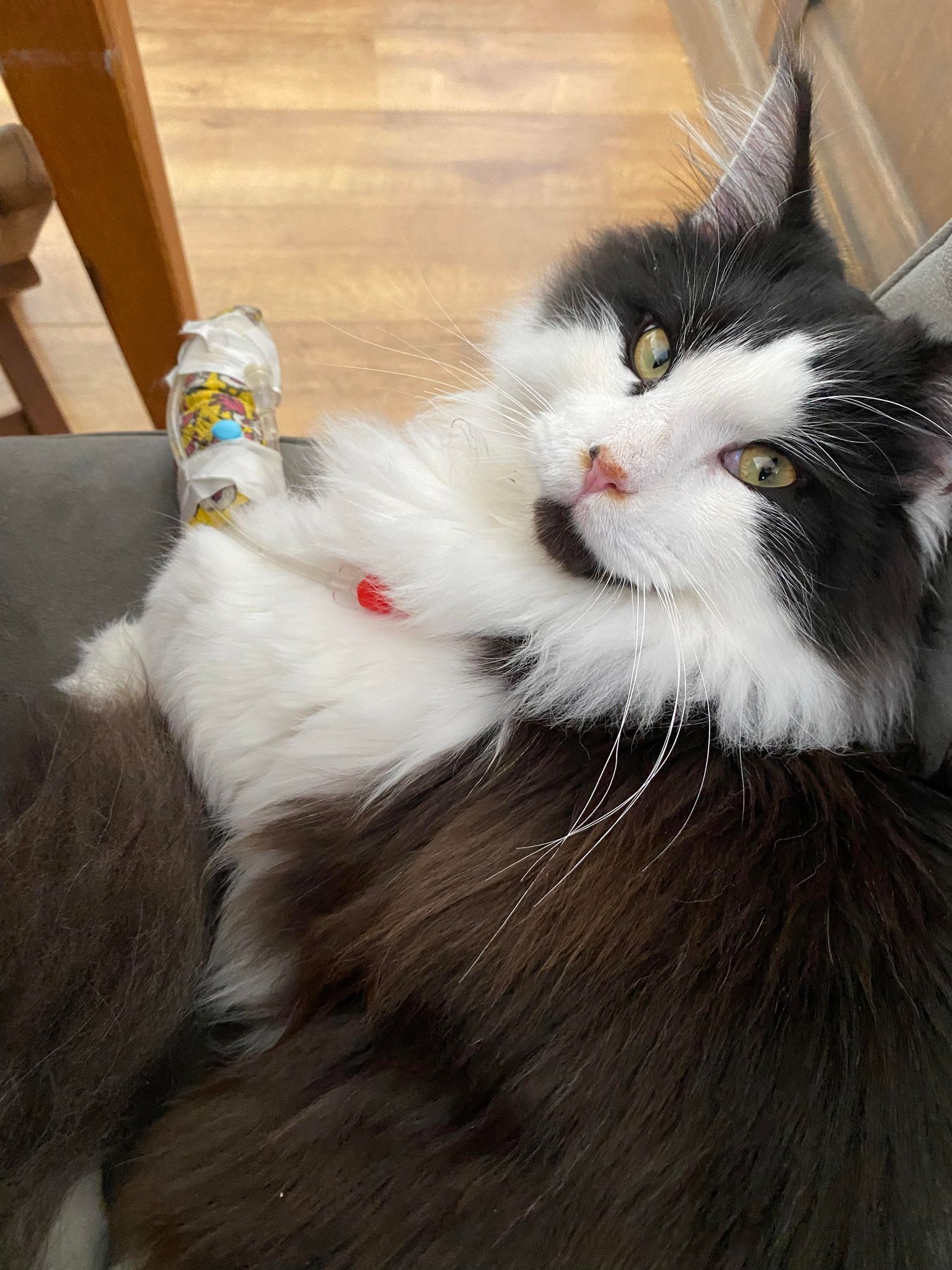Scientific research shows: Neurotoxic effects of tick and flea drugs are much more serious than previously thought
Research on the use of tick and flea drugs (isoxazoline group toxins) in dogs
Isoxazolins are a class of pesticides (parasiticides) prescribed to dogs to control tick and flea infestations.
These drugs are considered safe because they are supposedly only toxic to the nervous system of insects.
But a recent study reveals a different reality: Serious side effects, such as seizures and even death,
have been reported thousands of times in dogs after taking these drugs.
These drugs are considered safe because they are supposedly only toxic to the nervous system of insects.
But a recent study reveals a different reality: Serious side effects, such as seizures and even death,
have been reported thousands of times in dogs after taking these drugs.
Risk of side effects much higher than reported
The team also found that the risk of serious side effects when using isoxazolines was much higher than
that reported in the original Investigational New Drug (IND) submission filed by the FDA before the use of a drug was approved.
The team also found that the risk of serious side effects when using isoxazolines was much higher than
that reported in the original Investigational New Drug (IND) submission filed by the FDA before the use of a drug was approved.
Criteria of safety insufficient
Dr. Dodds explains, “Because the IND studies were conducted in advance in a limited number of animals that did not show serious neurotoxic side effects, it is not surprising that higher frequencies of such side effects were noted once these drugs were marketed and at much greater populations of animals were given. She believes that the results of this study imply that the criteria the FDA used to assess the safety of these drugs were insufficient and that changes to their standard procedure are needed.
Neurotoxic effects not limited to insects
Despite what the labeling on products currently on the market states, our study clearly shows that the neurotoxic effects of isoxazolines are not limited to insects. It is not only crucial that further studies are conducted to understand how these drugs affect different mammal species such as cats, dogs and humans, but also that manufacturers become more comprehensive in their product labeling so that veterinarians and the public can have more discernment about the use of drugs that can be harmful.
Published in the prestigious peer-reviewed journal Veterinary Medicine and Science. Veterinary Medicine and Science is a peer-reviewed,open access journal for the rapid dissemination of research in all areas of veterinary medicine and science.
De chemicall class of Isoxazolins for tick and flea pesticides consists of (this list is not complete):
Bravecto (fluralaner) topical solution for cats and dogs
Bravecto 1 month (fluralaner) tablets for puppies (new)
Bravecto plus (fluralaner en moxidectine) topical solution for cats
Nexgard (afoxalaner) tablets for dogsSimparica (sarolaner) tablets for dogs
Simparica Trio (sarolaner, moxidectine en pyrantel) tablets for dogs
Credelio (lotilaner) tablets for dogs
Easecto (sarolaner)
Revolution Plus (selamectine and sarolaner spot on) for cats
Read more about the official investigations and publications here:















